Do you have a question about the Panasonic TX-32LE8P and is the answer not in the manual?
Details on the TV's power requirements and energy usage.
Information on TV broadcast standards and channel tuning capabilities.
Description of input/output ports for AV, HDMI, and other signals.
Technical details of the LCD panel and audio output capabilities.
Physical measurements and weight of the TV set with and without stand.
Basic rules and recommendations for performing service safely.
Procedure for measuring touch currents to prevent electrical hazards.
Methods to protect sensitive electronic components from static electricity damage.
Explanation of lead-free solder composition and its use in manufacturing.
List of compatible video signal formats for Component and HDMI inputs.
Step-by-step instructions for disassembling the TV's outer casing.
Procedures for checking operational voltages and settings.
Guide to using the TV's built-in diagnostic self-check mode.
Instructions for entering service mode and using remote control commands.
Steps for calibrating the TV's color balance using specialized equipment.
Schematic showing interconnections between major circuit boards and components.
Block diagram illustrating the signal flow for video and audio processing.
Diagram showing the power distribution and regulation within the TV.
Block diagram detailing the control signals and logic flow.
Visual guide showing the physical arrangement of major external parts.
Identification of included accessories like remote control and cables.
List of common components and parts referenced in the exploded view.
Catalog of various non-specific electronic components and hardware.
Detailed listing of resistors and diodes with their respective part numbers.
Explanation of symbols, notes, and measurement conventions used in schematics.
Circuit diagram for the main A-BOARD (1 of 5).
Circuit diagram for the G-BOARD.
Circuit diagram for the V-BOARD.
Circuit diagram for the K-BOARD.
Top-side view of the A-BOARD showing component placement and traces.
Bottom-side view of the A-BOARD showing component placement and traces.
Top-side view of the V-BOARD showing component placement and traces.
Details on the TV's power requirements and energy usage.
Information on TV broadcast standards and channel tuning capabilities.
Description of input/output ports for AV, HDMI, and other signals.
Technical details of the LCD panel and audio output capabilities.
Physical measurements and weight of the TV set with and without stand.
Basic rules and recommendations for performing service safely.
Procedure for measuring touch currents to prevent electrical hazards.
Methods to protect sensitive electronic components from static electricity damage.
Explanation of lead-free solder composition and its use in manufacturing.
List of compatible video signal formats for Component and HDMI inputs.
Step-by-step instructions for disassembling the TV's outer casing.
Procedures for checking operational voltages and settings.
Guide to using the TV's built-in diagnostic self-check mode.
Instructions for entering service mode and using remote control commands.
Steps for calibrating the TV's color balance using specialized equipment.
Schematic showing interconnections between major circuit boards and components.
Block diagram illustrating the signal flow for video and audio processing.
Diagram showing the power distribution and regulation within the TV.
Block diagram detailing the control signals and logic flow.
Visual guide showing the physical arrangement of major external parts.
Identification of included accessories like remote control and cables.
List of common components and parts referenced in the exploded view.
Catalog of various non-specific electronic components and hardware.
Detailed listing of resistors and diodes with their respective part numbers.
Explanation of symbols, notes, and measurement conventions used in schematics.
Circuit diagram for the main A-BOARD (1 of 5).
Circuit diagram for the G-BOARD.
Circuit diagram for the V-BOARD.
Circuit diagram for the K-BOARD.
Top-side view of the A-BOARD showing component placement and traces.
Bottom-side view of the A-BOARD showing component placement and traces.
Top-side view of the V-BOARD showing component placement and traces.
| Screen Size | 32 inches |
|---|---|
| Display Technology | LCD |
| USB Ports | 1 |
| Aspect Ratio | 16:9 |
| VGA Input | Yes |
| Resolution | 1366 x 768 |
| Sound Output | 20W |

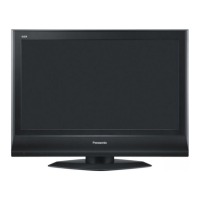



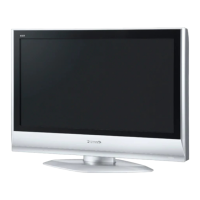
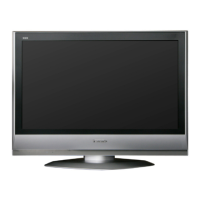
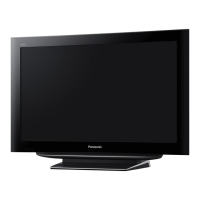
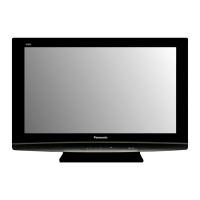
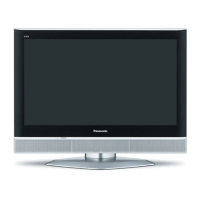


